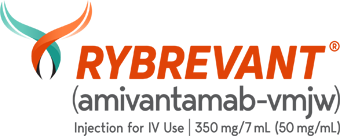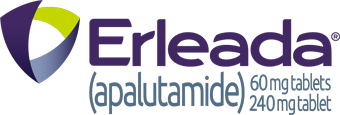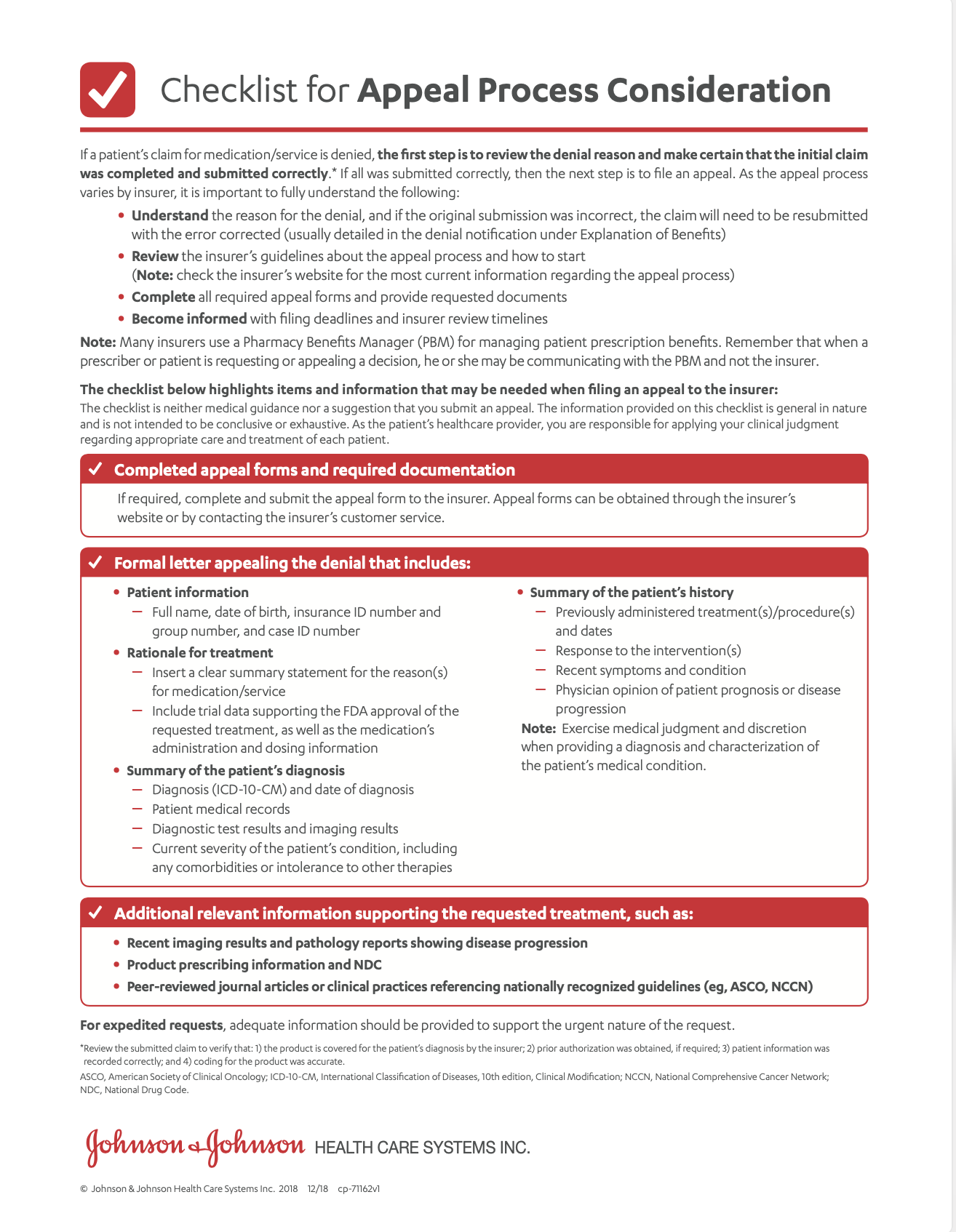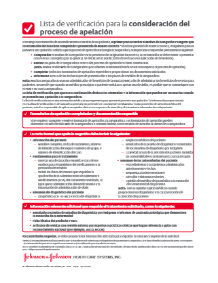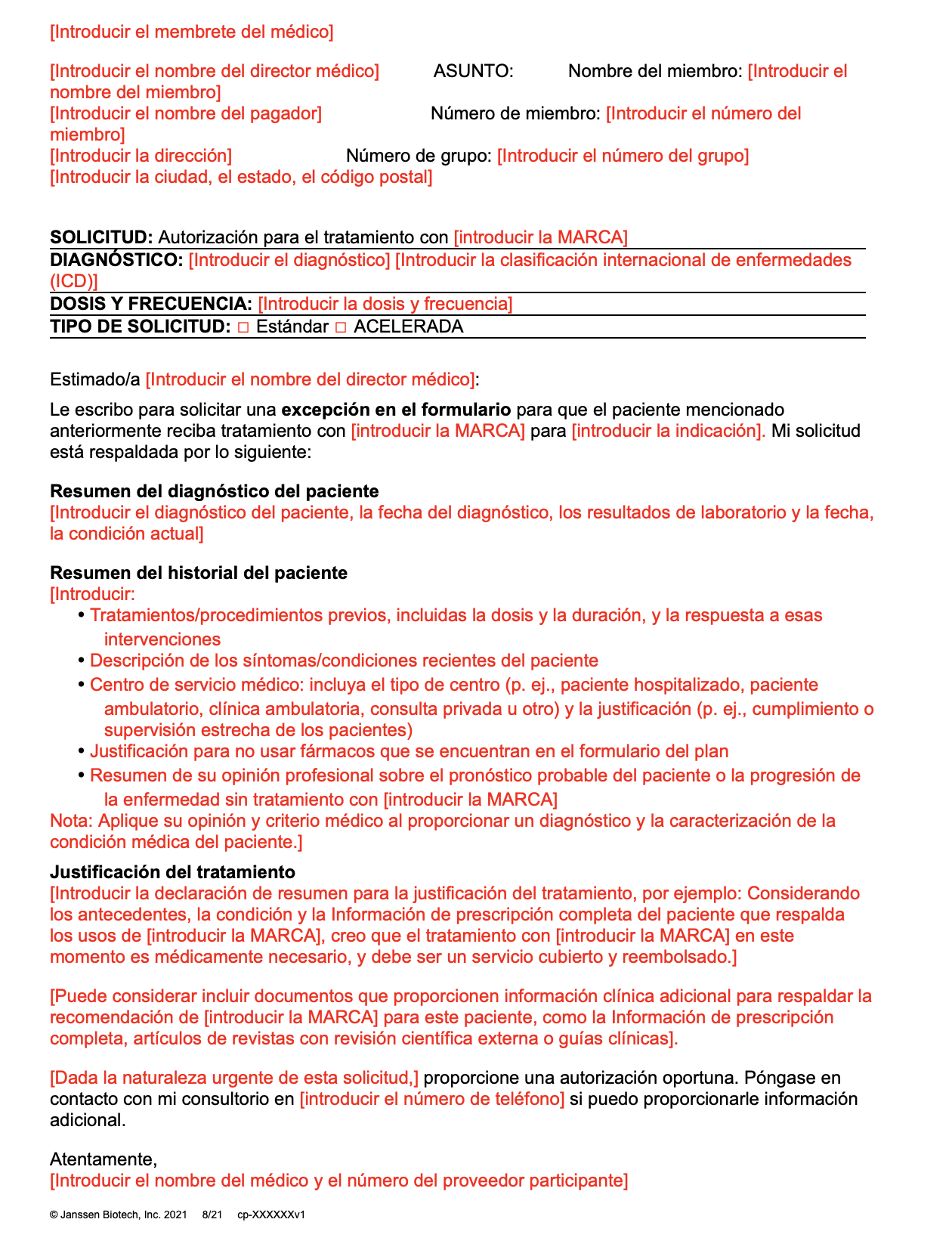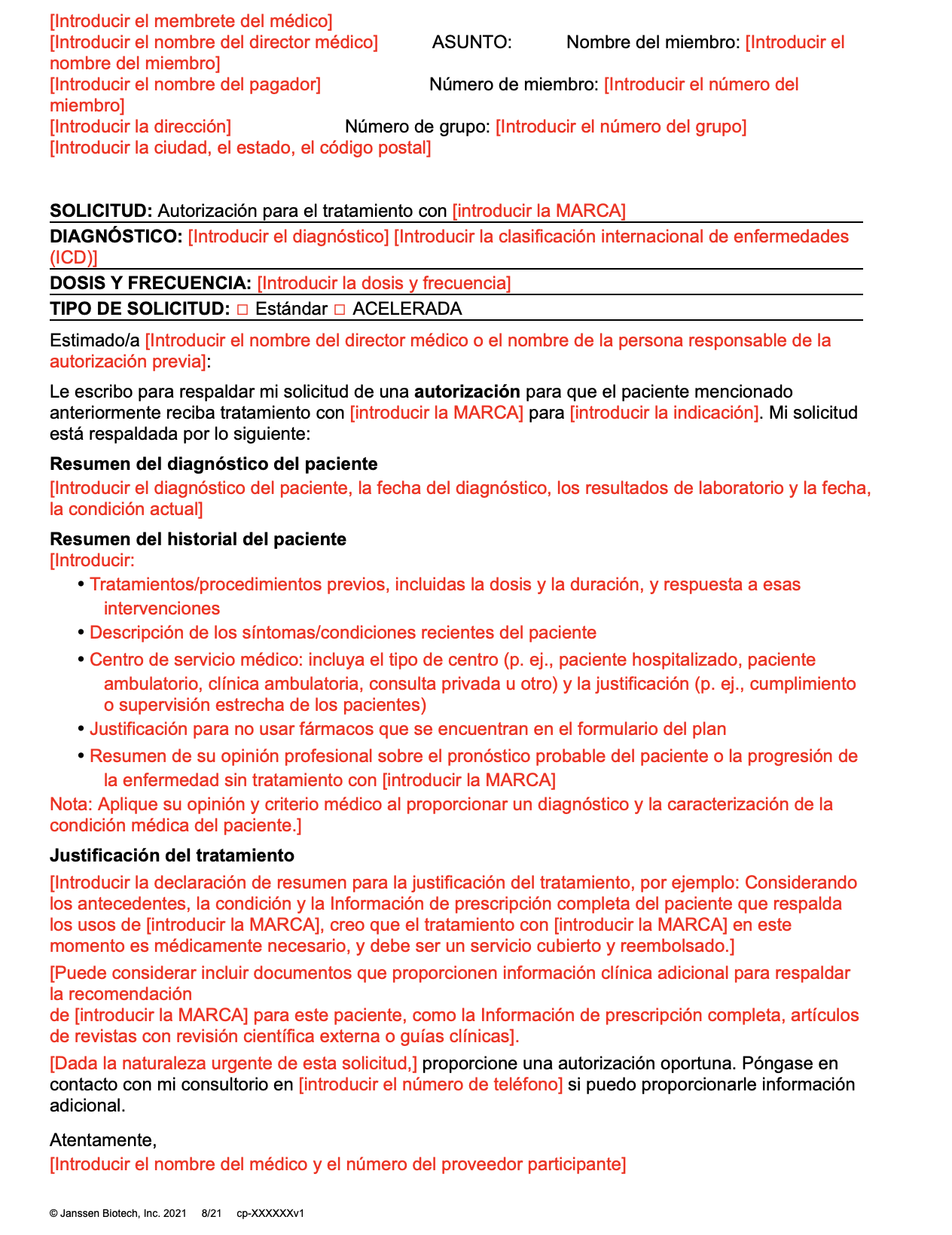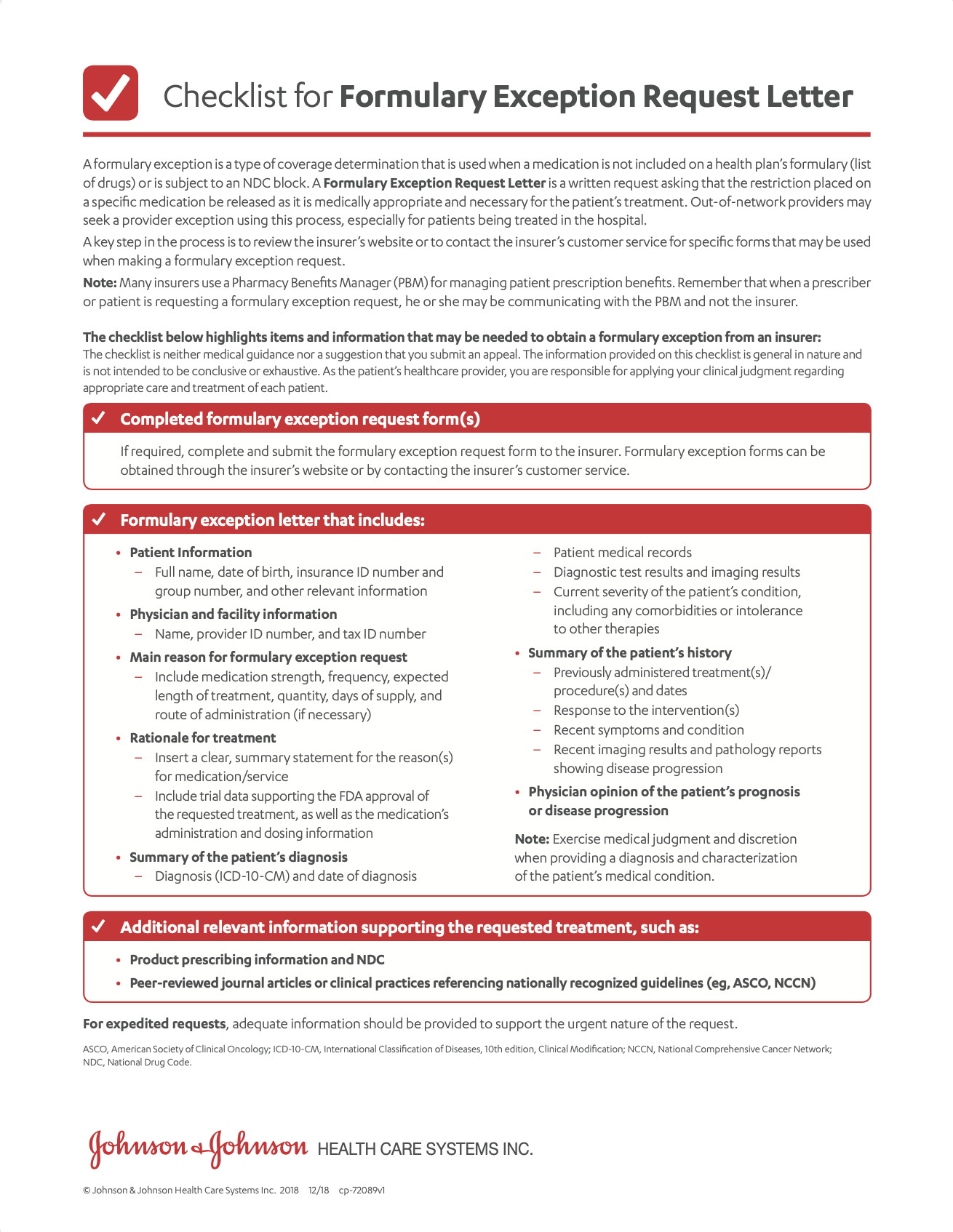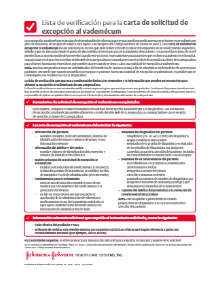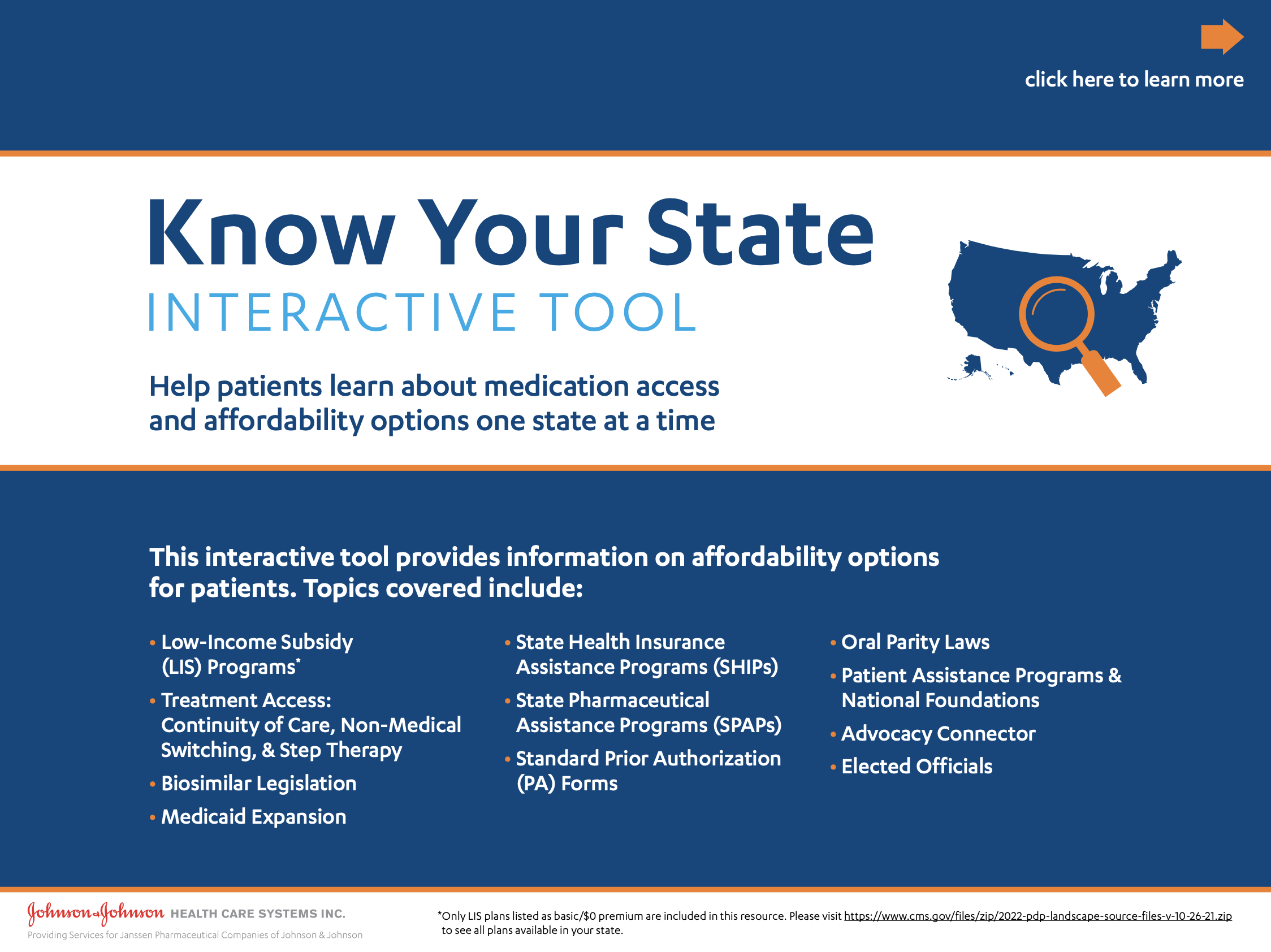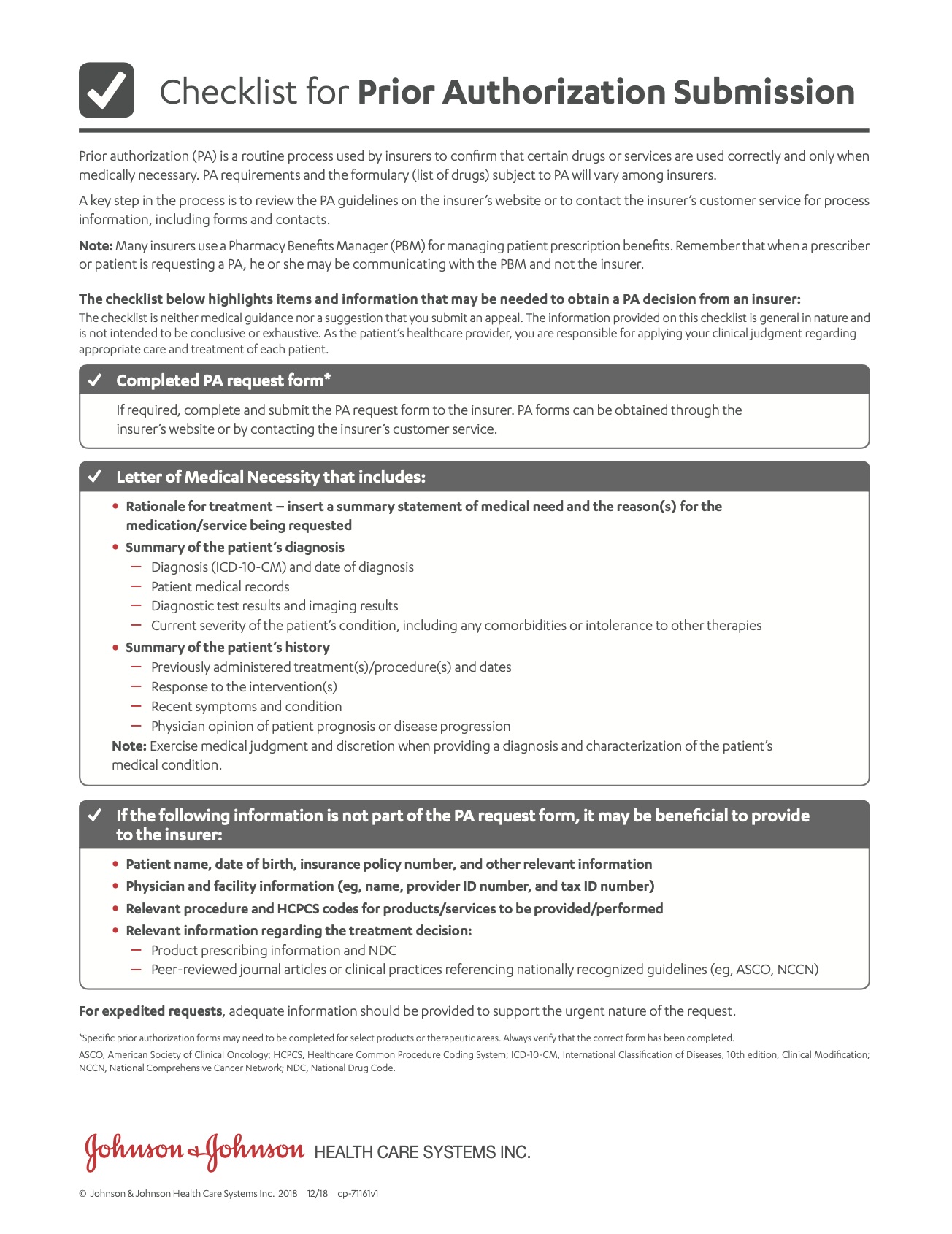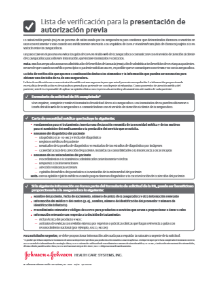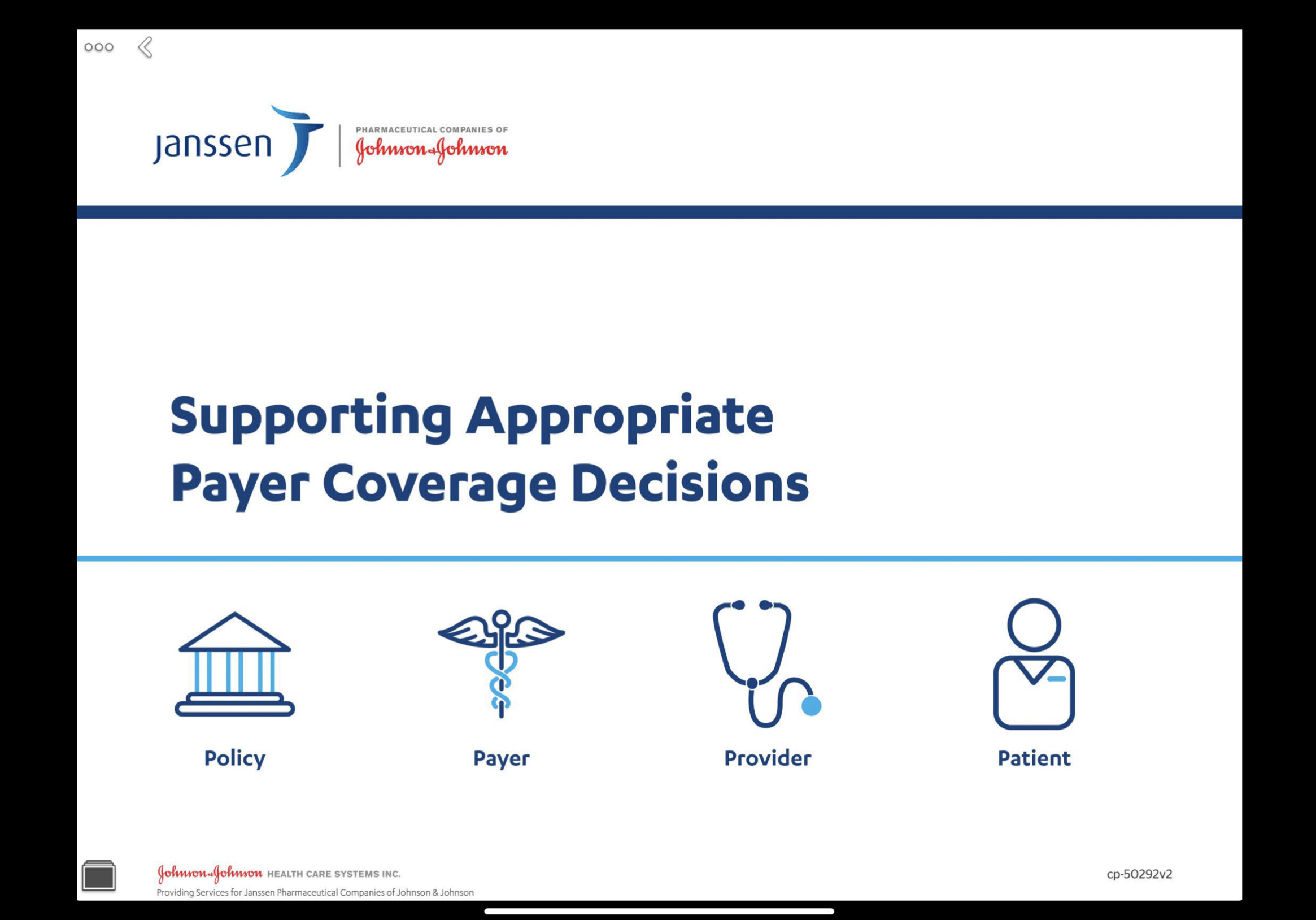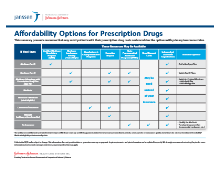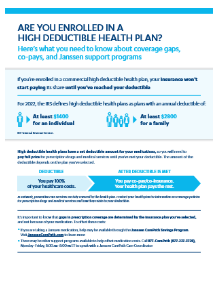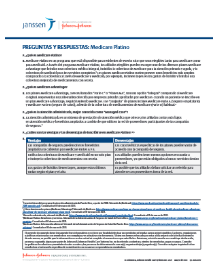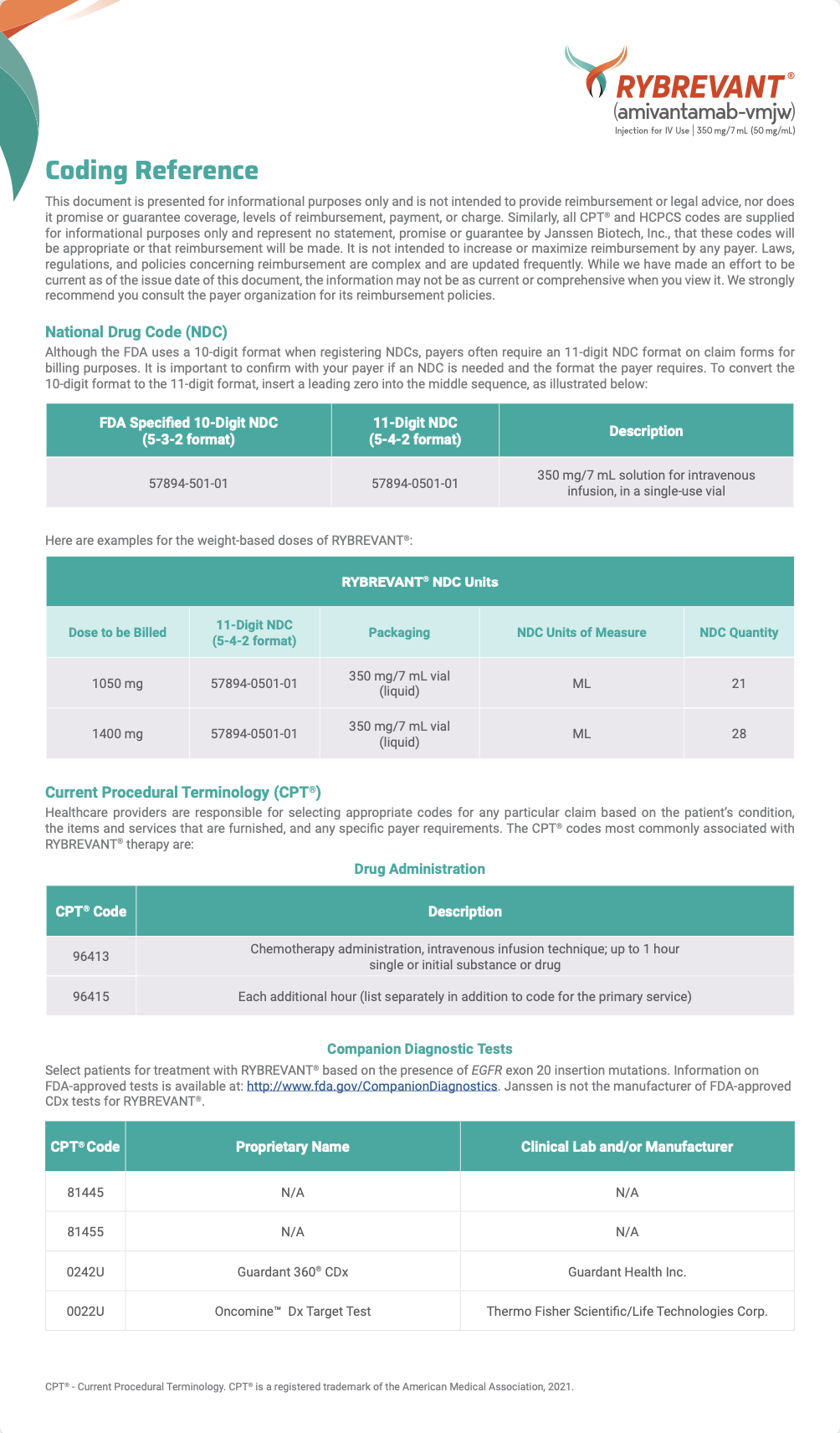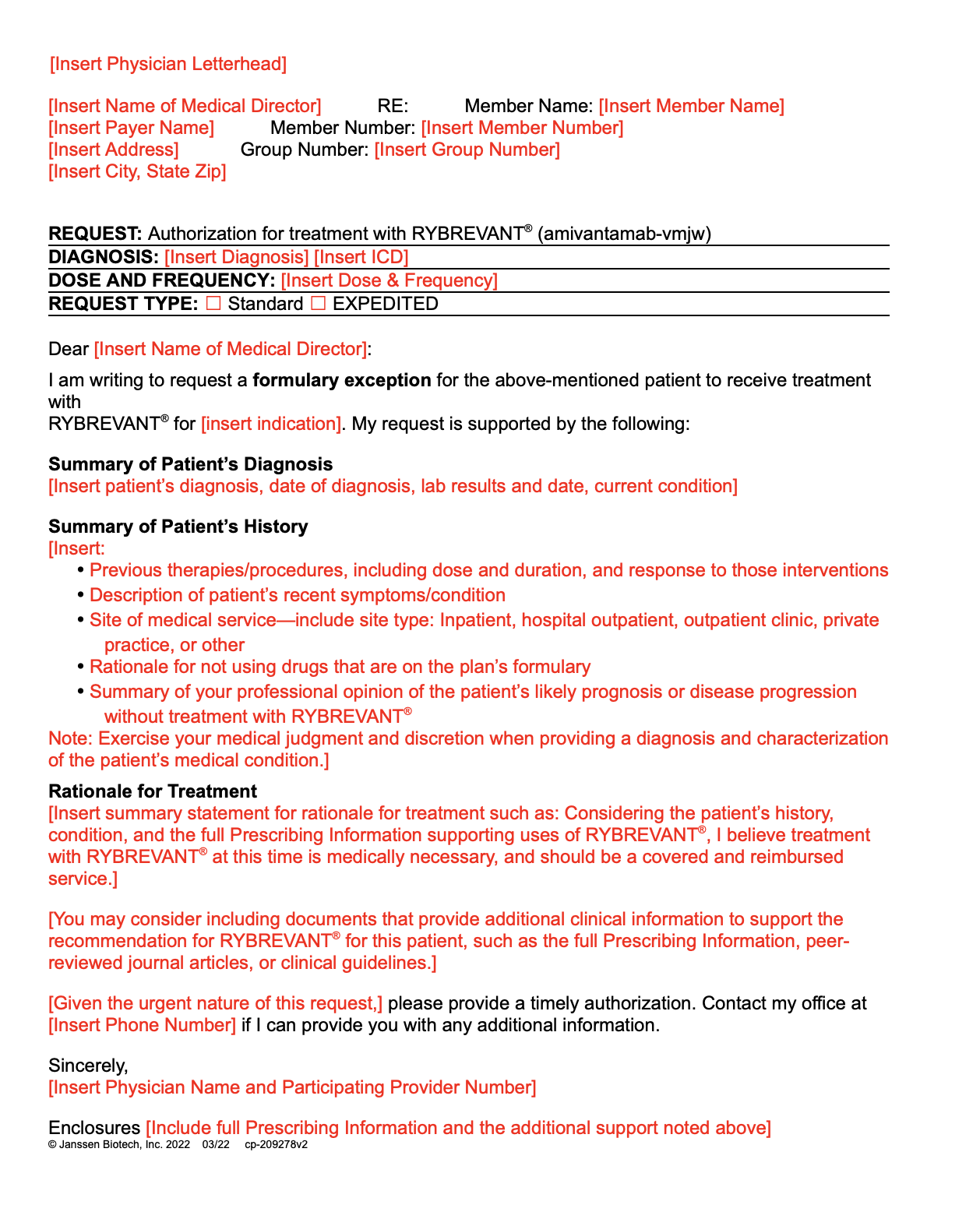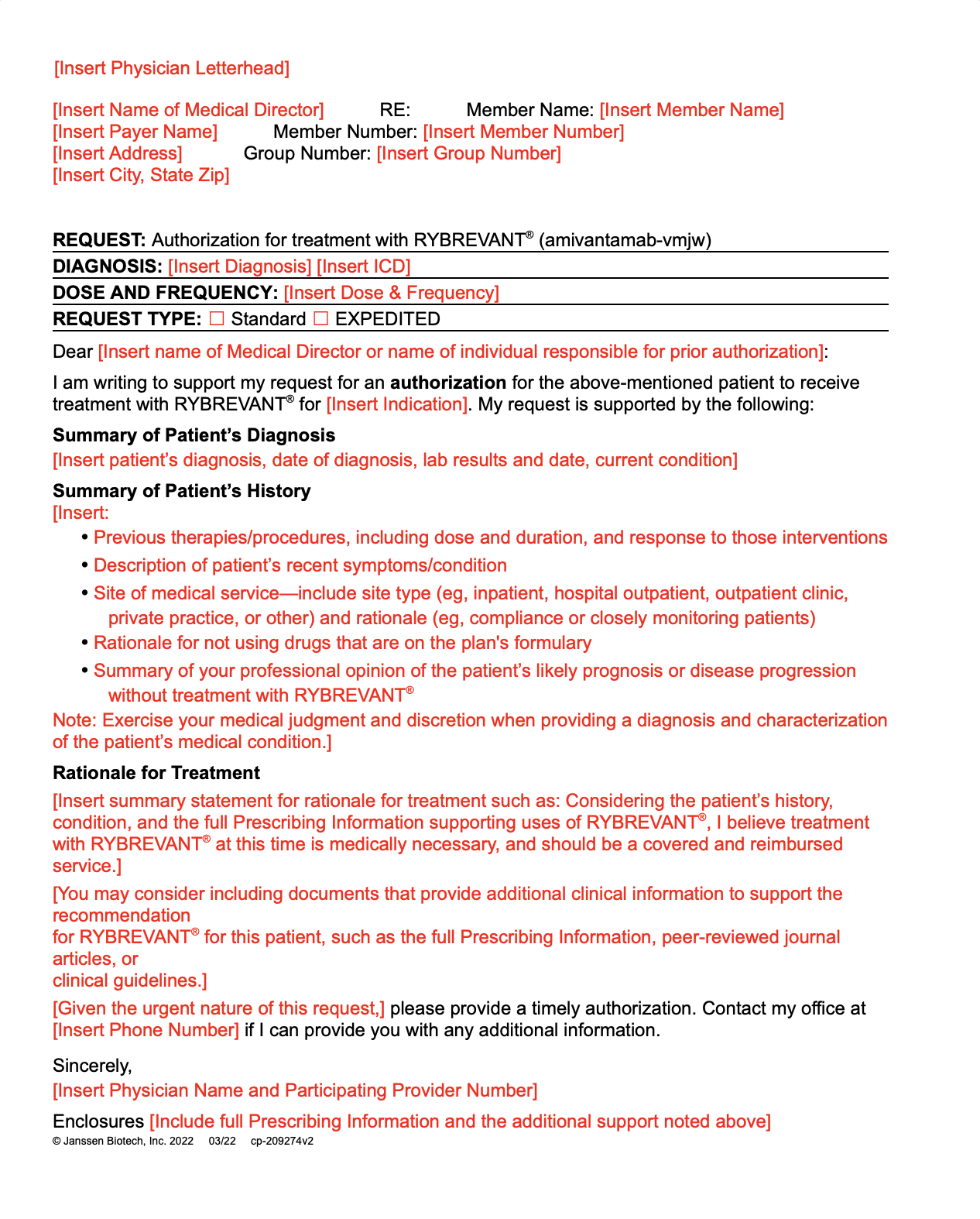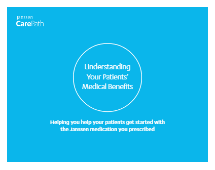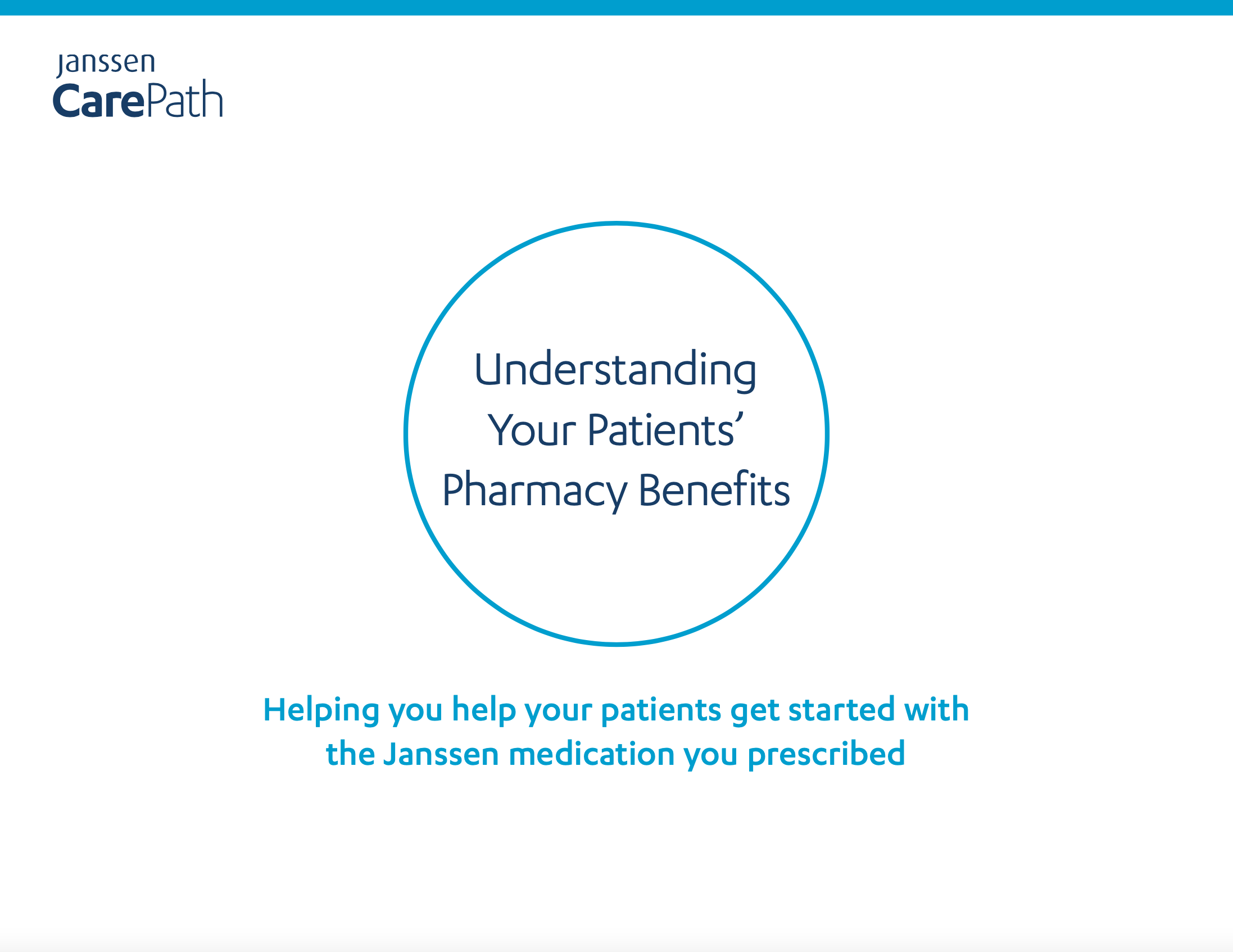WARNINGS AND PRECAUTIONS
The safety population of RYBREVANT® with carboplatin and pemetrexed described in Warnings and Precautions was based on 151 patients in the PAPILLON study.
The safety population of RYBREVANT® as a single agent described in Warnings and Precautions was based on 129 patients in the CHRYSALIS study.
Infusion-Related Reactions
RYBREVANT® can cause infusion-related reactions (IRR); signs and symptoms of IRR include dyspnea, flushing, fever, chills, nausea, chest discomfort, hypotension, and vomiting.
RYBREVANT® with Carboplatin and Pemetrexed
RYBREVANT® in combination with carboplatin and pemetrexed can cause infusion-related reactions. Based on the safety population, infusion-related reactions occurred in 42% of patients treated with RYBREVANT® in combination with carboplatin and pemetrexed, including Grade 3 (1.3%) adverse reactions. The incidence of infusion modifications due to IRR was 40%, and 0.7% of patients permanently discontinued RYBREVANT®.
RYBREVANT® as a Single Agent
Based on the safety population, IRR occurred in 66% of patients treated with RYBREVANT®. Among patients receiving treatment on Week 1 Day 1, 65% experienced an IRR, while the incidence of IRR was 3.4% with the Day 2 infusion, 0.4% with the Week 2 infusion, and cumulatively 1.1% with subsequent infusions. Of the reported IRRs, 97% were Grade 1-2, 2.2% were Grade 3, and 0.4% were Grade 4. The median time to onset was 1 hour (range 0.1 to 18 hours) after start of infusion. The incidence of infusion modifications due to IRR was 62%, and 1.3% of patients permanently discontinued RYBREVANT® due to IRR.
Premedicate with antihistamines, antipyretics, and glucocorticoids, and infuse RYBREVANT® as recommended. Administer RYBREVANT® via a peripheral line on Week 1 and Week 2. Monitor patients for any signs and symptoms of infusion reactions during RYBREVANT® infusion in a setting where cardiopulmonary resuscitation medication and equipment are available. Interrupt infusion if IRR is suspected. Reduce the infusion rate or permanently discontinue RYBREVANT® based on severity.
Interstitial Lung Disease/Pneumonitis
RYBREVANT® can cause interstitial lung disease (ILD)/pneumonitis.
RYBREVANT® with Carboplatin and Pemetrexed
Based on the safety population, Grade 3 ILD/pneumonitis occurred in 2.6% of patients treated with RYBREVANT® in combination with carboplatin and pemetrexed. All patients required permanent discontinuation.
RYBREVANT® as a Single Agent
Based on the safety population, ILD/pneumonitis occurred in 3.3% of patients treated with RYBREVANT®, with 0.7% of patients experiencing Grade 3 ILD/pneumonitis. Three patients (1%) discontinued RYBREVANT® due to ILD/pneumonitis.
Monitor patients for new or worsening symptoms indicative of ILD/pneumonitis (e.g., dyspnea, cough, fever). Immediately withhold RYBREVANT® in patients with suspected ILD/pneumonitis and permanently discontinue if ILD/pneumonitis is confirmed.
Dermatologic Adverse Reactions
RYBREVANT® can cause rash (including dermatitis acneiform), pruritus, and dry skin.
RYBREVANT® with Carboplatin and Pemetrexed
RYBREVANT® in combination with carboplatin and pemetrexed can cause dermatologic adverse reactions. Based on the safety population, rash occurred in 89% of patients treated with RYBREVANT® in combination with carboplatin and pemetrexed, including Grade 3 (19%) adverse reactions. Rash leading to dose reductions occurred in 19% of patients; 2% permanently discontinued RYBREVANT®, and 1.3% discontinued pemetrexed.
RYBREVANT® as a Single Agent
Based on the safety population, rash occurred in 74% of patients treated with RYBREVANT®, including Grade 3 rash in 3.3% of patients. The median time to onset of rash was 14 days (range: 1 to 276 days). Rash leading to dose reduction occurred in 5% of patients, and RYBREVANT® was permanently discontinued due to rash in 0.7% of patients.
Toxic epidermal necrolysis occurred in one patient (0.3%) treated with RYBREVANT® as a single agent.
Instruct patients to limit sun exposure during and for 2 months after treatment with RYBREVANT®. Advise patients to wear protective clothing and use broad-spectrum UVA/UVB sunscreen. Alcohol-free emollient cream is recommended for dry skin.
If skin reactions develop, start topical corticosteroids and topical and/or oral antibiotics. For Grade 3 reactions, add oral steroids and consider dermatologic consultation. Promptly refer patients presenting with severe rash, atypical appearance or distribution, or lack of improvement within 2 weeks to a dermatologist. Withhold, dose reduce, or permanently discontinue RYBREVANT® based on severity.
Ocular Toxicity
RYBREVANT® can cause ocular toxicity including keratitis, dry eye symptoms, conjunctival redness, blurred vision, visual impairment, ocular itching, and uveitis.
RYBREVANT® with Carboplatin and Pemetrexed
Based on the safety population, RYBREVANT® in combination with carboplatin and pemetrexed can cause ocular toxicity including blepharitis, dry eye, conjunctival redness, blurred vision, and eye pruritus. All events were Grade 1-2.
RYBREVANT® as a Single Agent
Based on the safety population, keratitis occurred in 0.7% and uveitis occurred in 0.3% of patients treated with RYBREVANT®. All events were Grade 1-2. Promptly refer patients presenting with eye symptoms to an ophthalmologist. Withhold, dose reduce, or permanently discontinue RYBREVANT® based on severity.
Embryo-Fetal Toxicity
Based on its mechanism of action and findings from animal models, RYBREVANT® can cause fetal harm when administered to a pregnant woman. Advise females of reproductive potential of the potential risk to the fetus. Advise female patients of reproductive potential to use effective contraception during treatment and for 3 months after the last dose of RYBREVANT®.
Adverse Reactions
RYBREVANT® with Carboplatin and Pemetrexed
For the 151 patients in the PAPILLON clinical trial who received RYBREVANT® in combination with carboplatin and pemetrexed, the most common adverse reactions (≥20%) were rash (90%), nail toxicity (62%), stomatitis (43%), infusion-related reaction (42%), fatigue (42%), edema (40%), constipation (40%), decreased appetite (36%), nausea (36%), COVID-19 (24%), diarrhea (21%), and vomiting (21%). The most common Grade 3 to 4 laboratory abnormalities (≥2%) were decreased albumin (7%), increased alanine aminotransferase (4%), increased gamma-glutamyl transferase (4%), decreased sodium (7%), decreased potassium (11%), decreased magnesium (2%), and decreases in white blood cells (17%), hemoglobin (11%), neutrophils (36%), platelets (10%), and lymphocytes (11%).
Serious adverse reactions occurred in 37% of patients who received RYBREVANT® in combination with carboplatin and pemetrexed. Serious adverse reactions in ≥2% of patients included rash, pneumonia, ILD, pulmonary embolism, vomiting, and COVID-19. Fatal adverse reactions occurred in 7 patients (4.6%) due to pneumonia, cerebrovascular accident, cardio-respiratory arrest, COVID-19, sepsis, and death not otherwise specified.
RYBREVANT® as a Single Agent
For the 129 patients in the CHRYSALIS clinical trial who received RYBREVANT® as a single agent, the most common adverse reactions (≥20%) were rash (84%), IRR (64%), paronychia (50%), musculoskeletal pain (47%), dyspnea (37%), nausea (36%), fatigue (33%), edema (27%), stomatitis (26%), cough (25%), constipation (23%), and vomiting (22%). The most common Grade 3 to 4 laboratory abnormalities (≥2%) were decreased lymphocytes (8%), decreased albumin (8%), decreased phosphate (8%), decreased potassium (6%), increased alkaline phosphatase (4.8%), increased glucose (4%), increased gamma-glutamyl transferase (4%), and decreased sodium (4%).
Serious adverse reactions occurred in 30% of patients who received RYBREVANT®. Serious adverse reactions in ≥2% of patients included pulmonary embolism, pneumonitis/ILD, dyspnea, musculoskeletal pain, pneumonia, and muscular weakness. Fatal adverse reactions occurred in 2 patients (1.5%) due to pneumonia and 1 patient (0.8%) due to sudden death.
Please read full Prescribing Information for RYBREVANT®.
cp-213274v4


